Neolithic: vessels
Pottery decoration
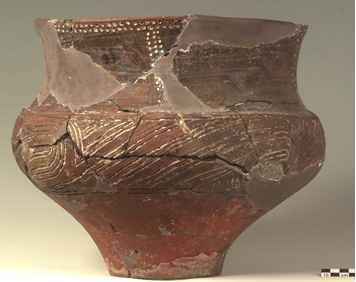 |
Neolithic ceramics are decorated using a broad range of raw materials and techniques. Some of these, like “black-topping”, are only found in one period or phase, whereas others persist through several periods, revealing the existence of pottery traditions that are often thousands of years old. During the Late Neolithic I period, the predominant technique is painting. Painting usually consists of a clayey solution rich in iron oxides(more rarely manganese) applied with a brush : The result, after firing, is generally a sharp contrast of dark patterns on a clear ground. This tradition crystallizes during the Late Neolithic II period with the black on red painted pottery — a technically difficult and thus strongly standardised type of production. |
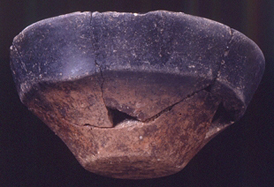 |
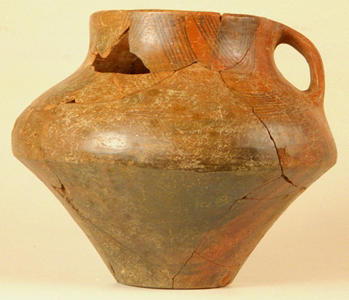 |
In the same period ceramics appear with a dark surface decorated with patterns painted in graphite : these also represent the direct evolution of a LN I ware. The technical continuity between the two series of successive wares on the one hand, and the morphological affinities between the black-on-red and graphite-painted vessels, on the other hand, clearly indicate that the latter result from local developments and not from external influences. |
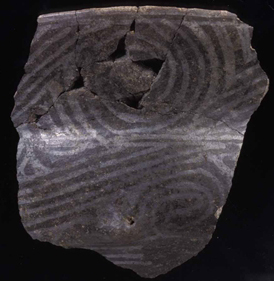 |
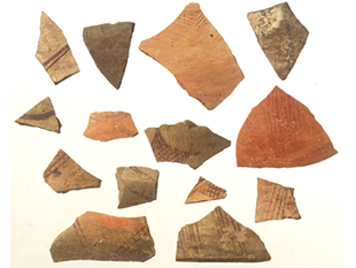 |
||

